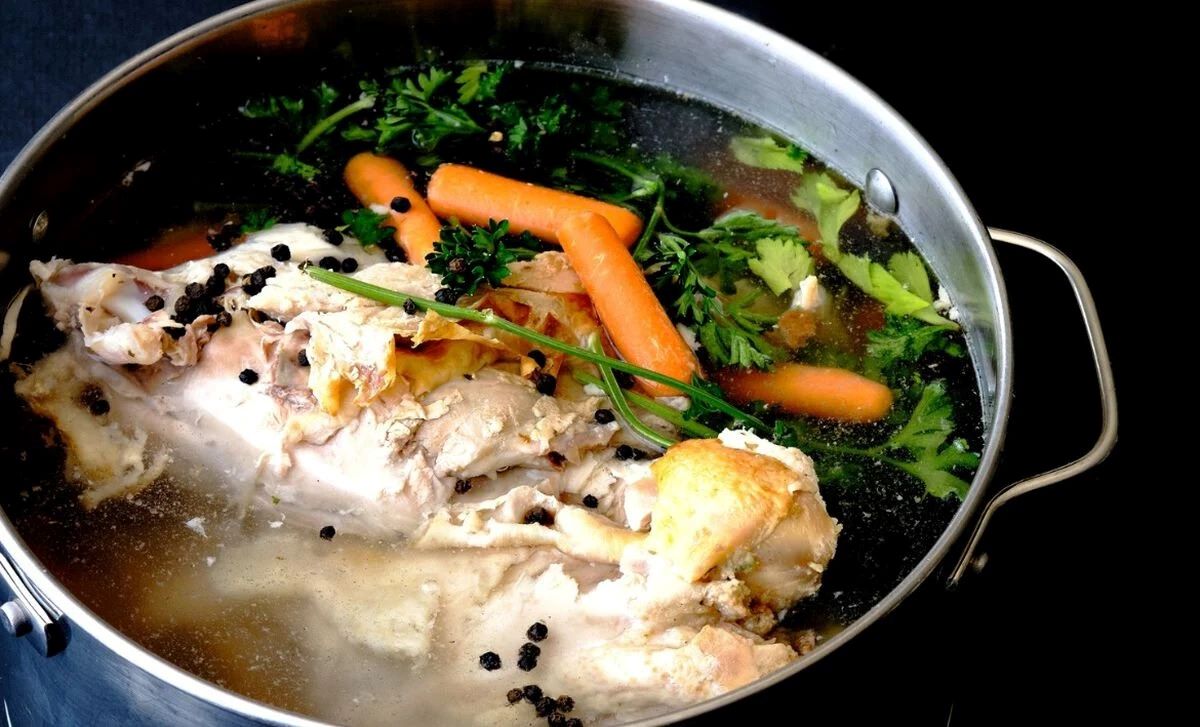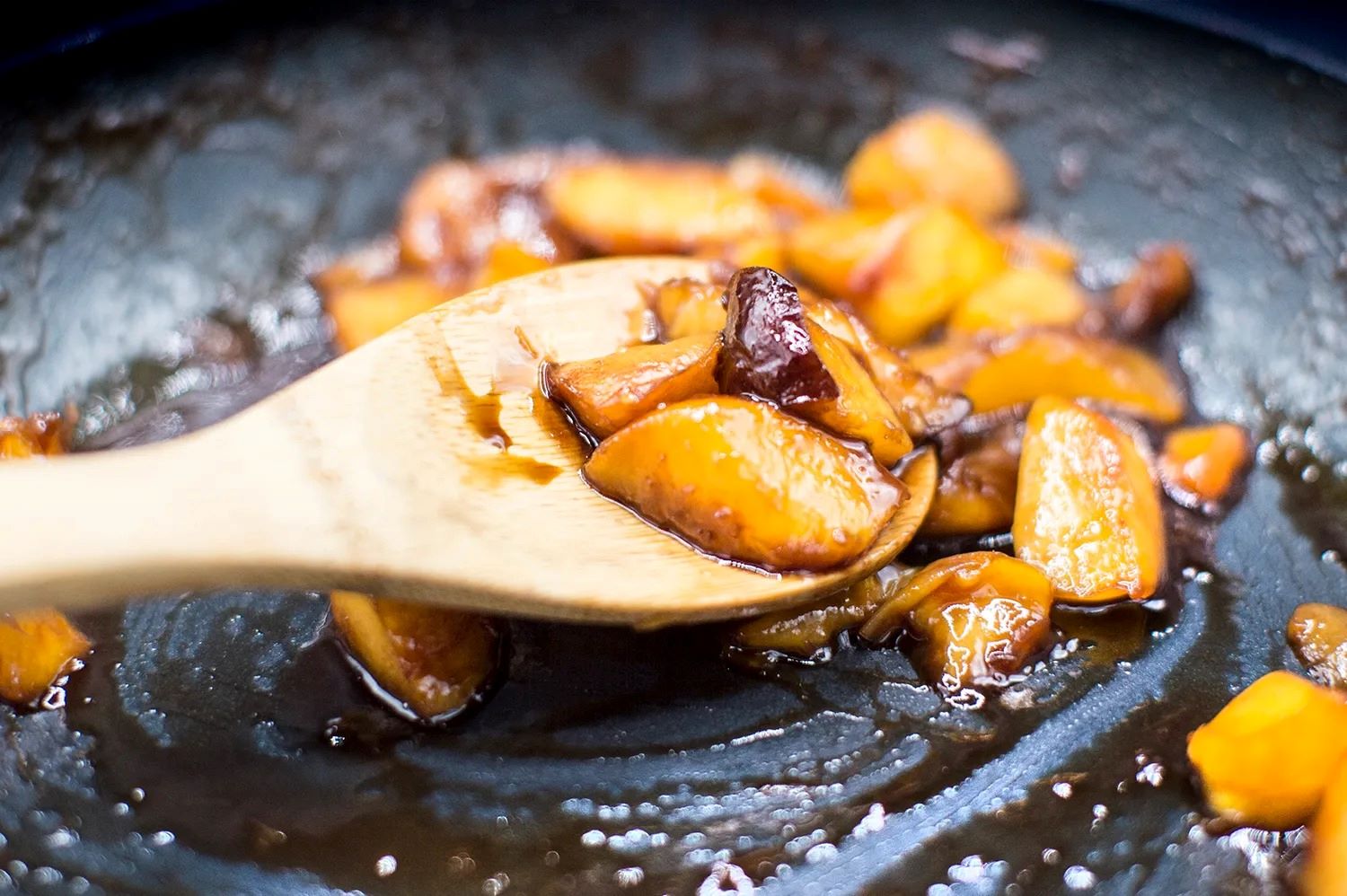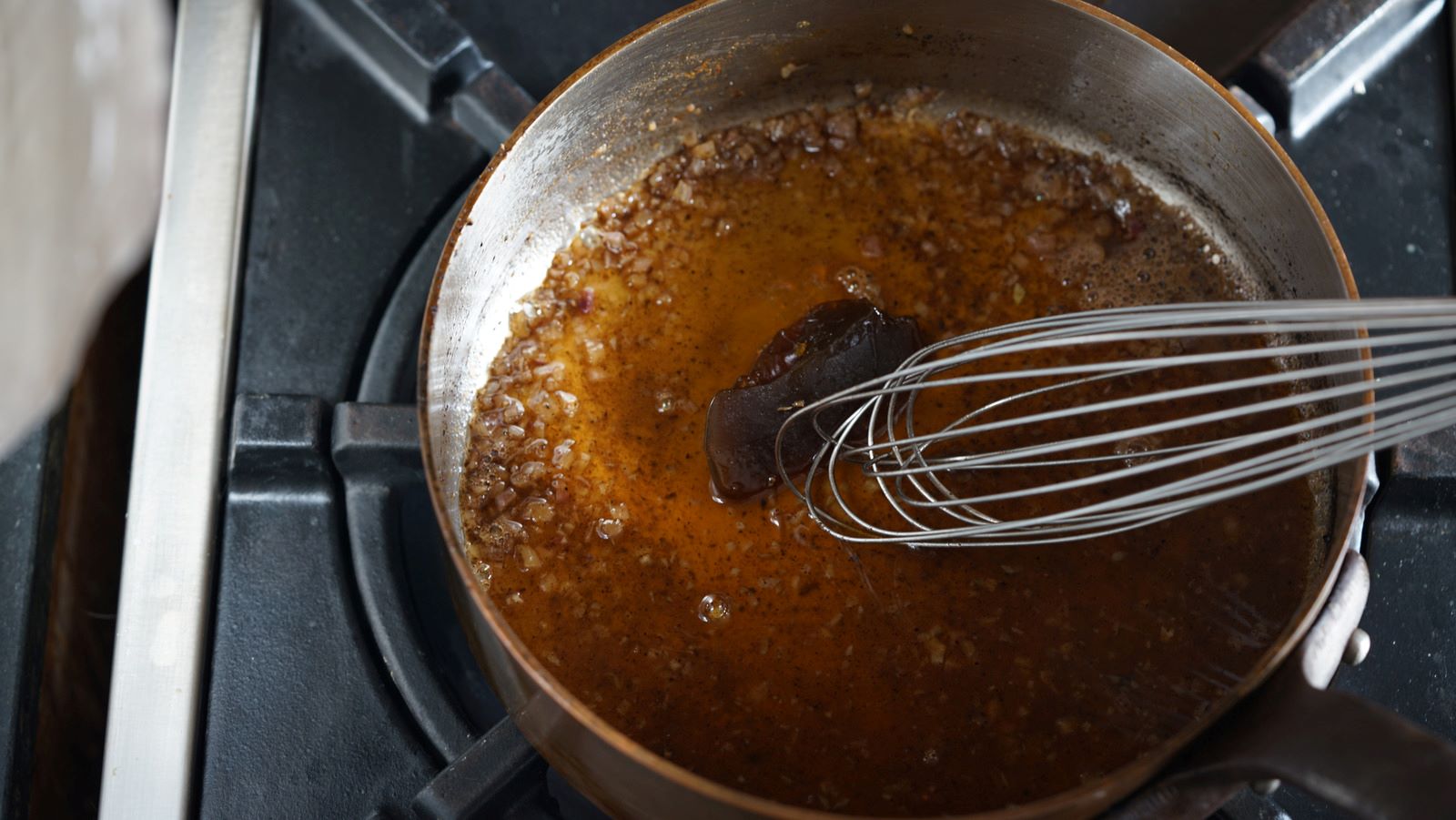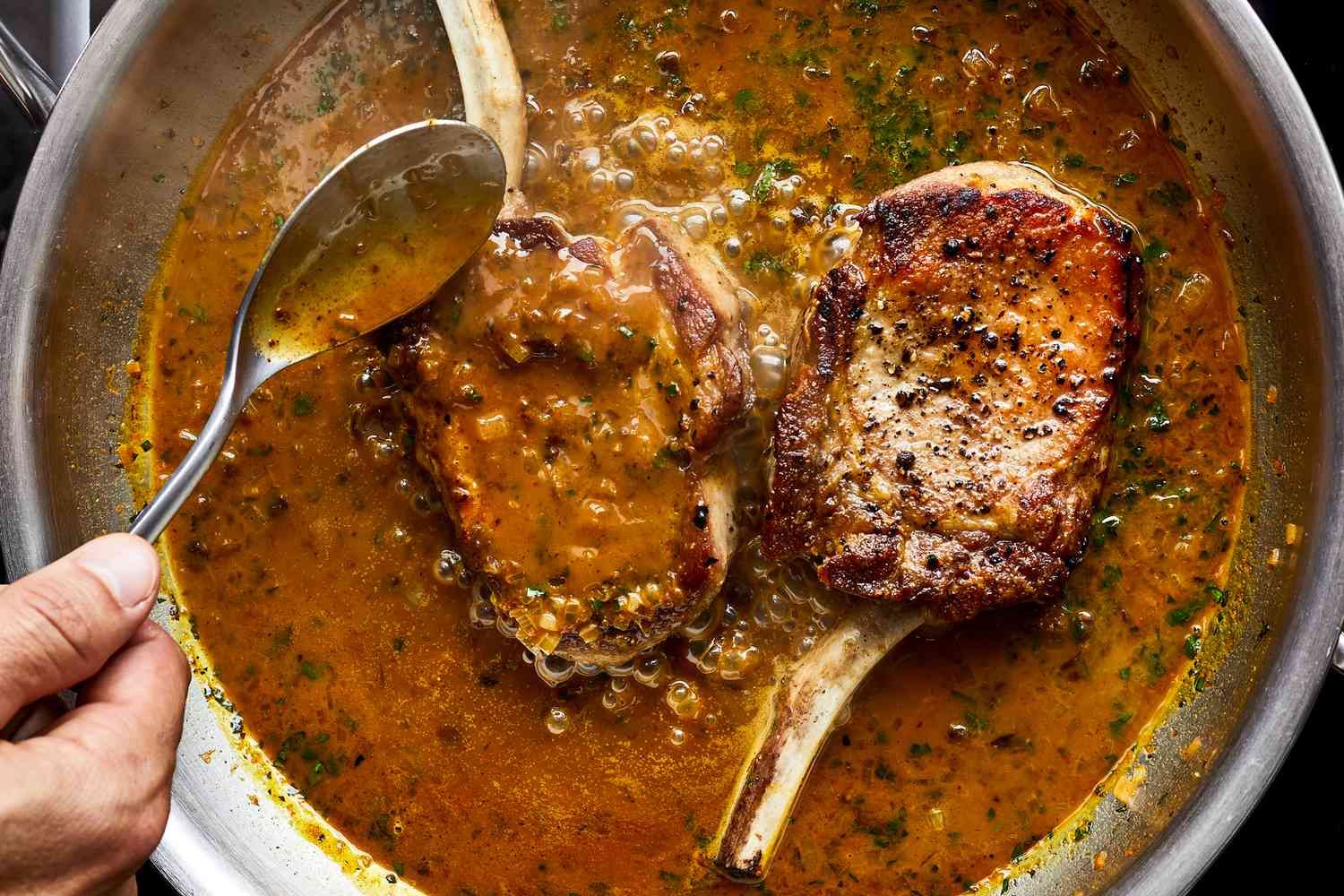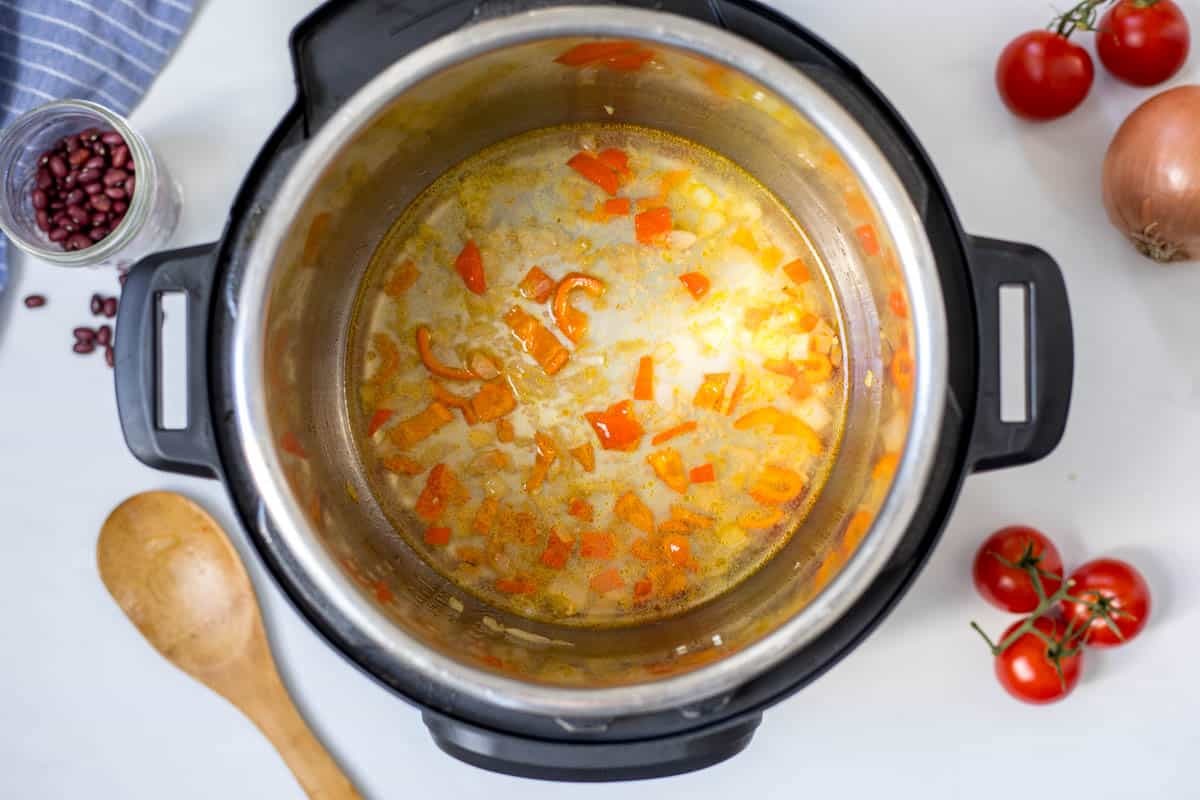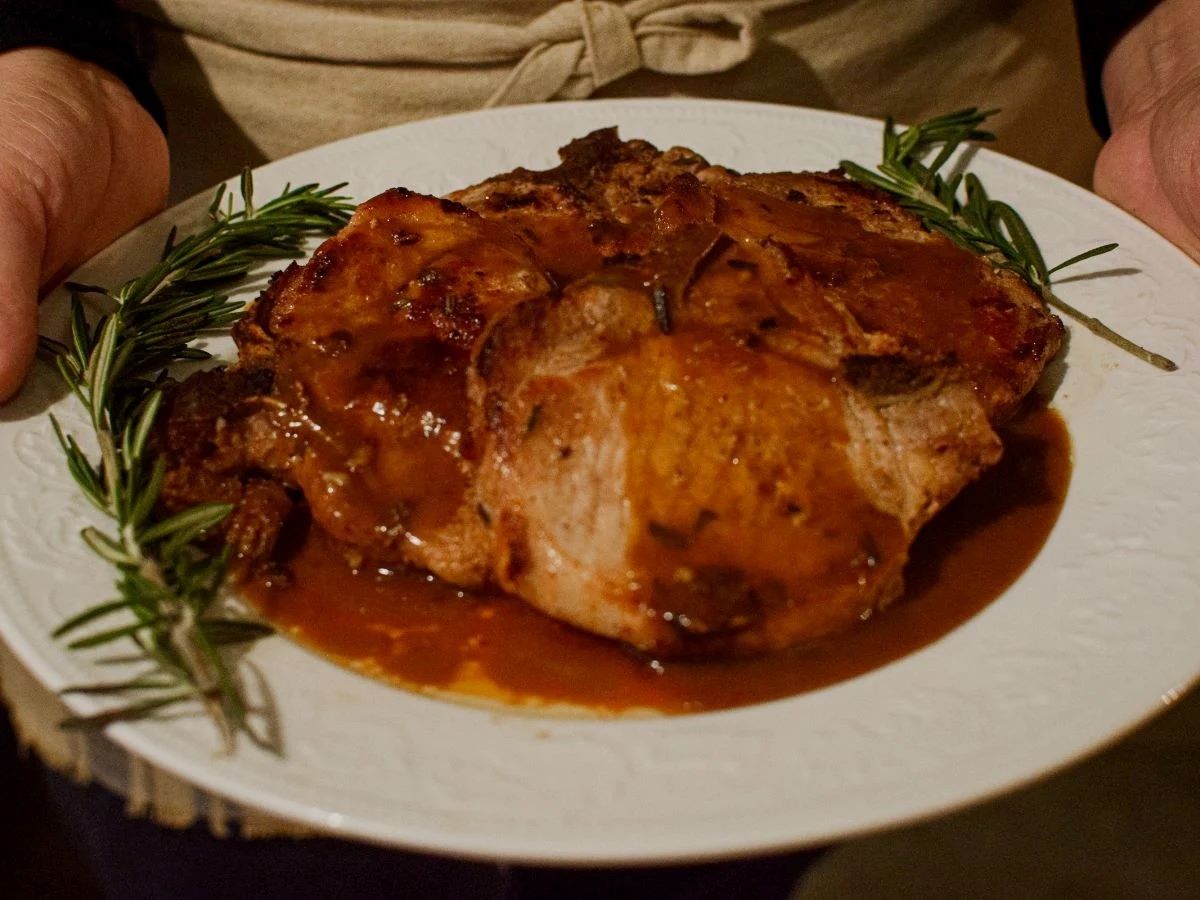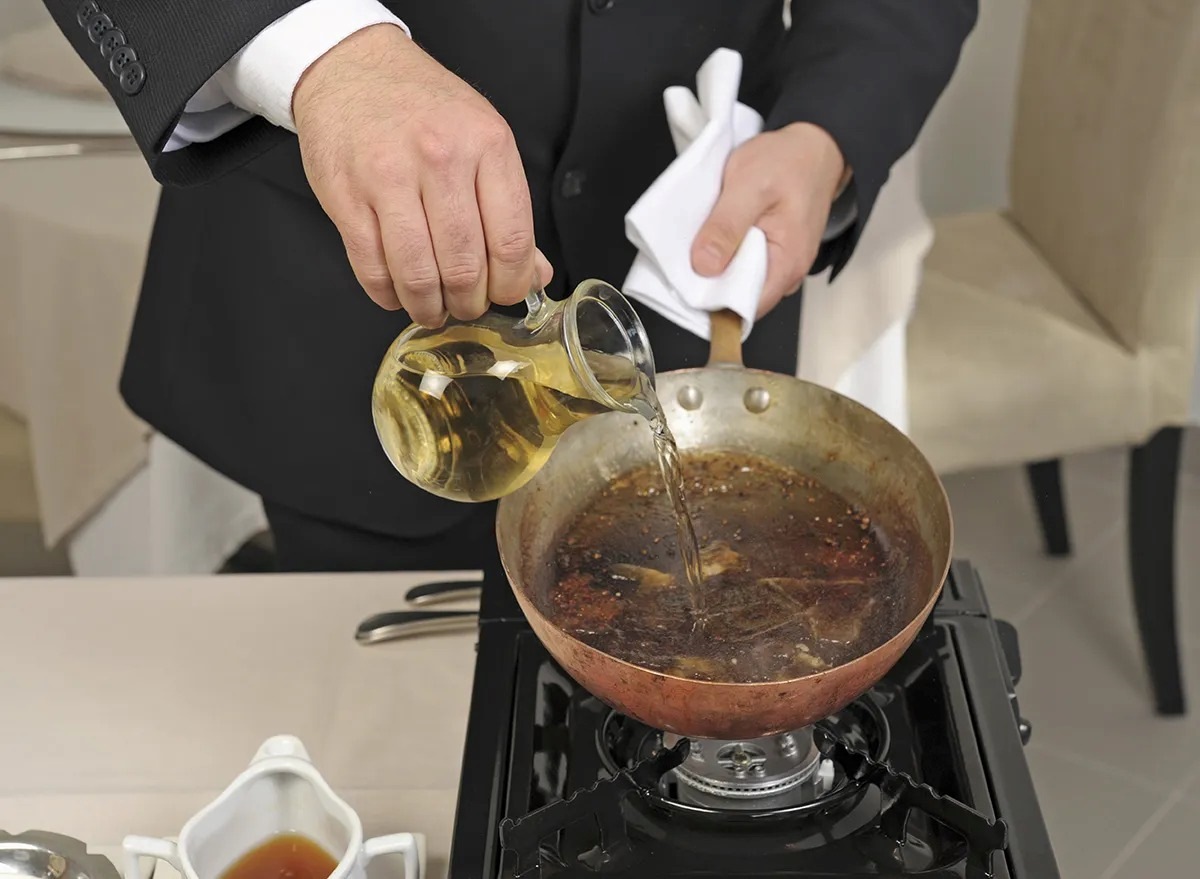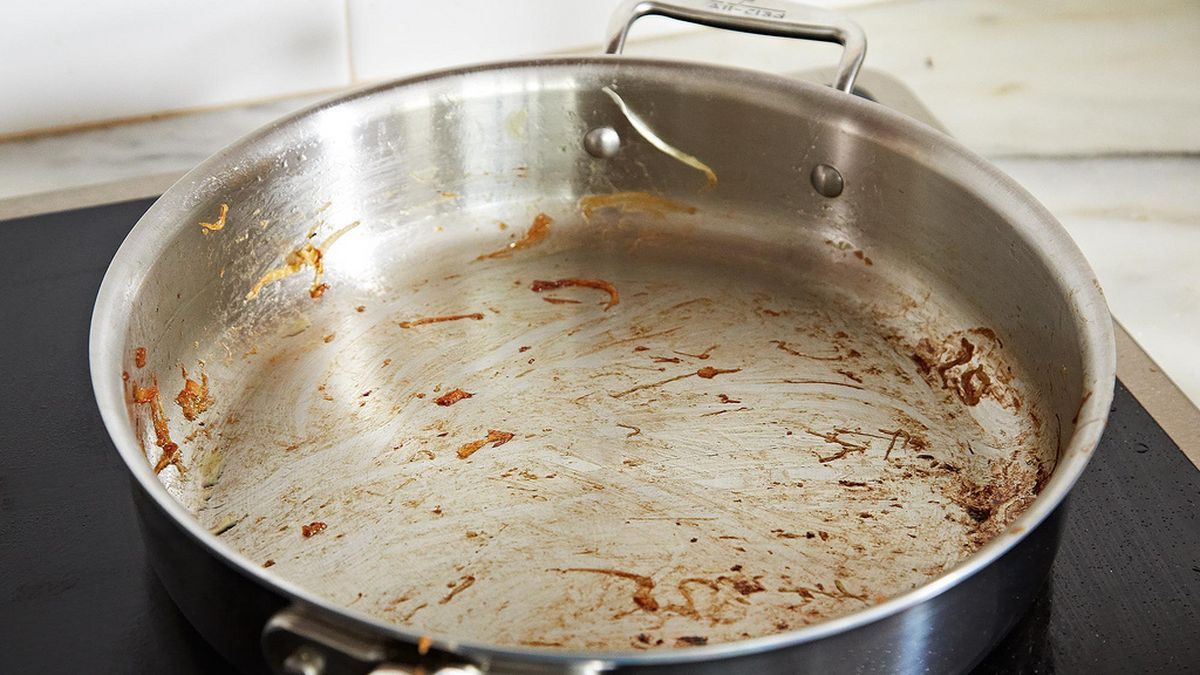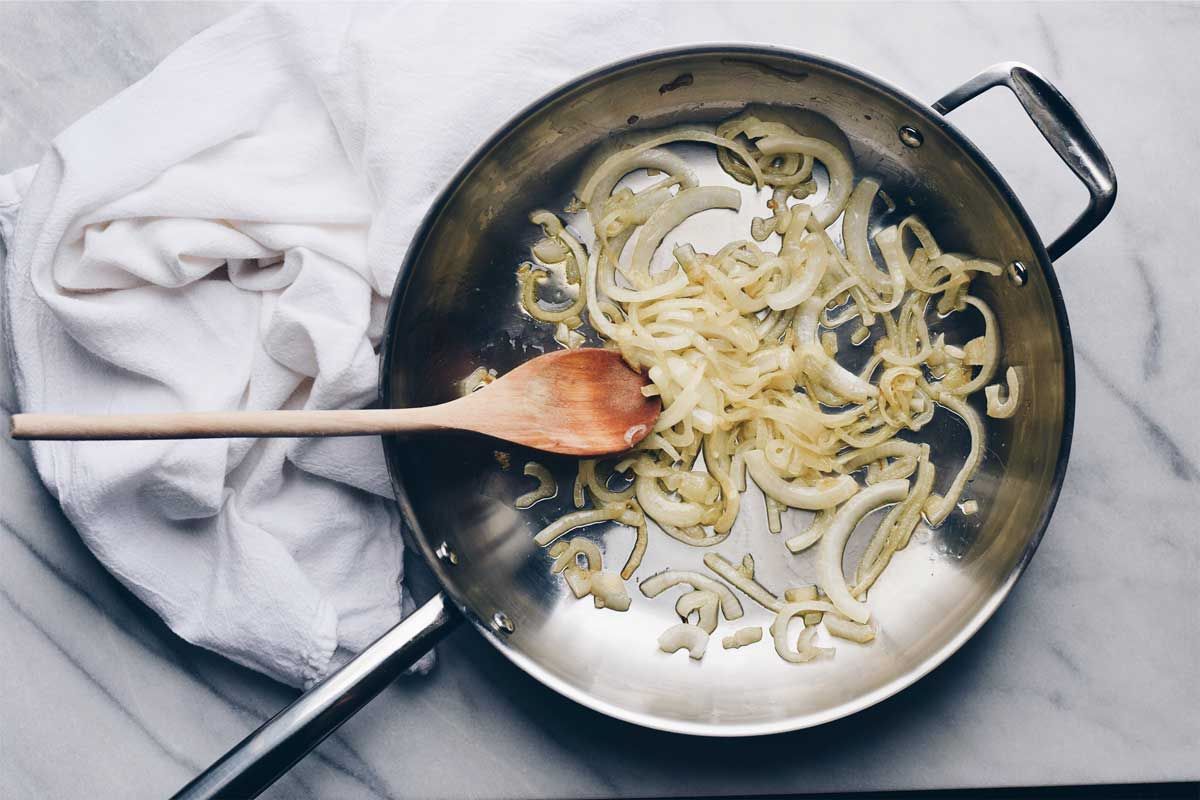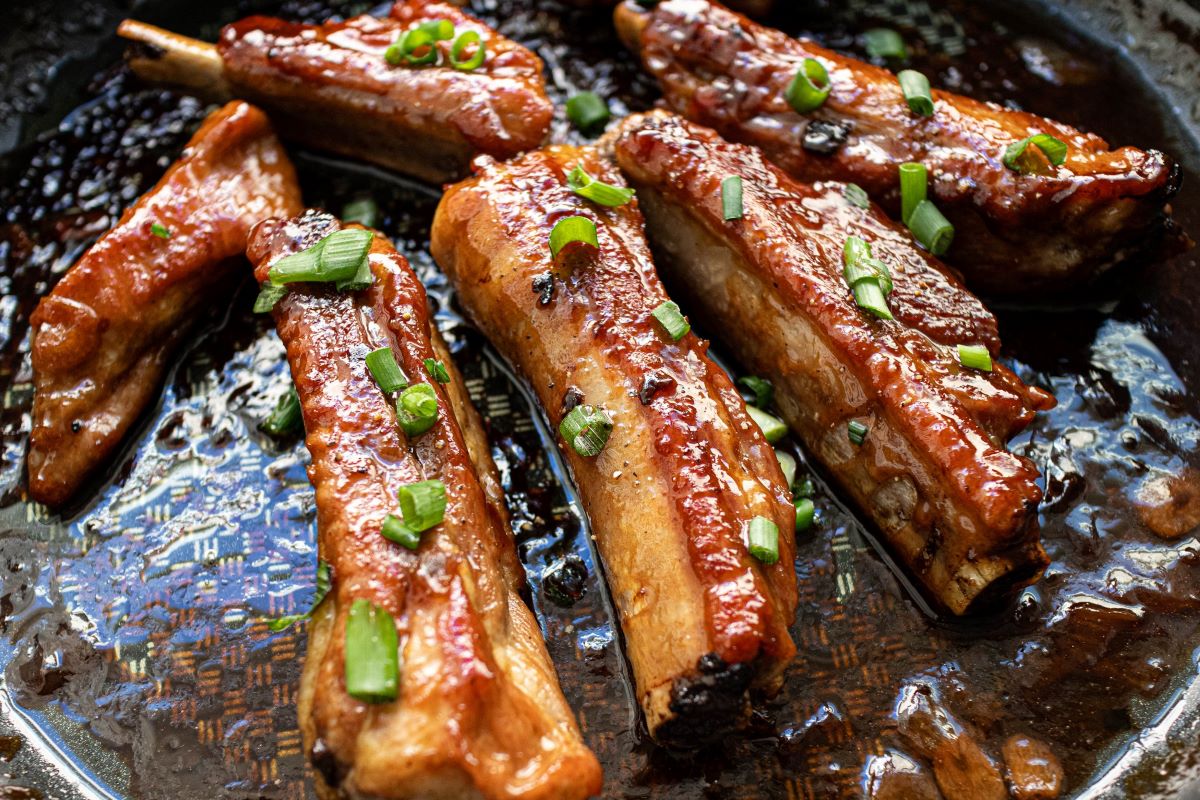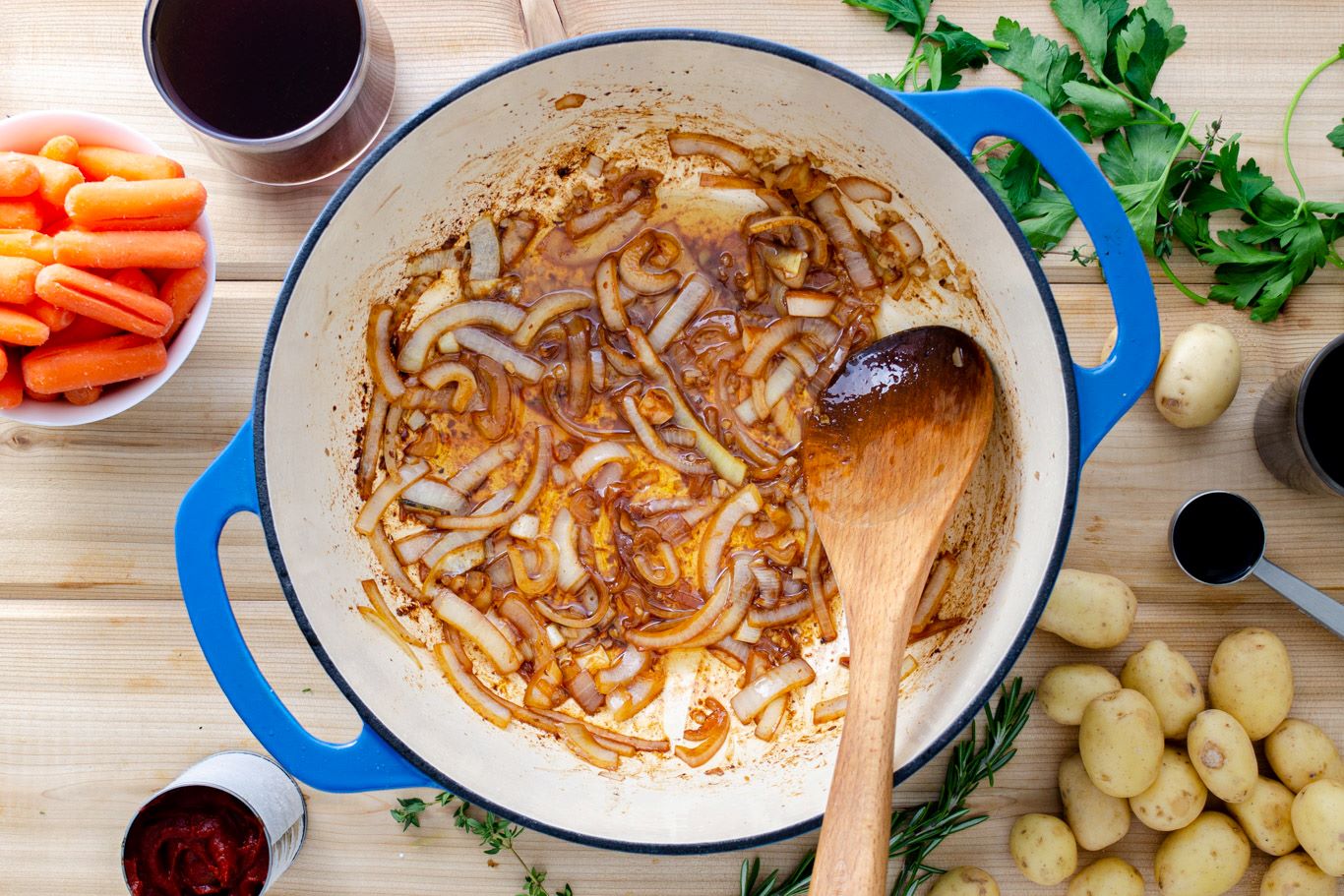What is Deglazing?
Have you ever wondered how to take your sauces to the next level? One simple technique that can elevate the flavor of your sauces is deglazing. Deglazing is the process of adding liquid to a pan to loosen and dissolve the browned bits of food that are stuck to the bottom after cooking. These browned bits, also known as fond, are full of flavor and can add depth and richness to your sauces.
Choosing the Right Liquid
When it comes to deglazing a sauce, the choice of liquid is crucial. Typically, you’ll want to use a flavorful liquid such as wine, broth, stock, or even vinegar. The liquid you choose can significantly impact the final flavor of your sauce, so it’s important to select one that complements the dish you are preparing.
The Deglazing Process
Now that you have your liquid ready, it’s time to deglaze the pan. Follow these simple steps to master the art of deglazing:
- After cooking your meat or vegetables, remove them from the pan and set them aside.
- Place the pan back on the heat and add your chosen liquid to the hot pan.
- Use a wooden spoon or spatula to scrape the bottom of the pan, loosening the browned bits and incorporating them into the liquid.
- Allow the liquid to simmer and reduce, intensifying the flavors.
- Once the liquid has reduced to your desired consistency, remove the pan from the heat and strain the sauce if necessary.
Enhancing Flavor with Aromatics
To further enhance the flavor of your deglazed sauce, consider adding aromatics such as garlic, shallots, or herbs to the pan before deglazing. These ingredients can infuse the sauce with additional layers of flavor, taking it from good to great.
Pairing with the Right Dish
Now that you’ve mastered the art of deglazing, it’s important to pair your delicious sauces with the right dishes. Deglazed sauces are incredibly versatile and can complement a wide range of dishes, from pan-seared meats to roasted vegetables. Experiment with different liquids and aromatics to create sauces that perfectly complement your favorite meals.
Conclusion
Deglazing is a simple yet powerful technique that can elevate the flavor of your sauces. By choosing the right liquid, mastering the deglazing process, and experimenting with aromatics, you can create sauces that add depth and richness to your dishes. So, the next time you’re in the kitchen, don’t forget to deglaze – your taste buds will thank you!
Was this page helpful?
Read Next: How To Deglaze An Instant Pot
